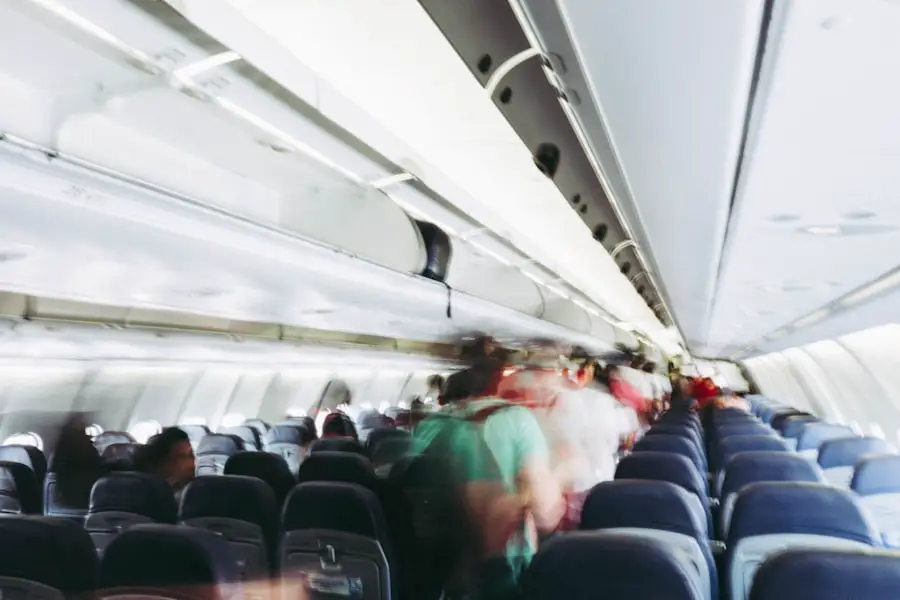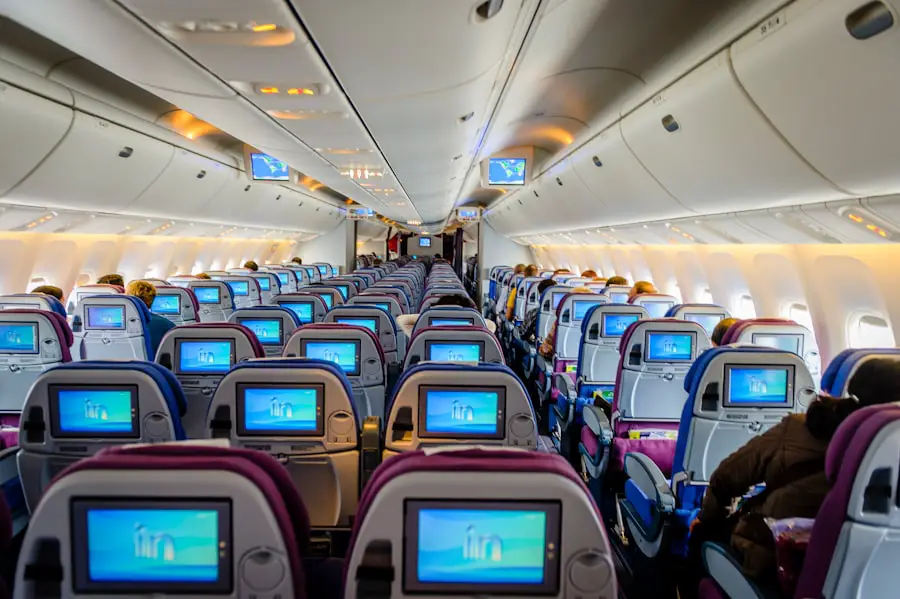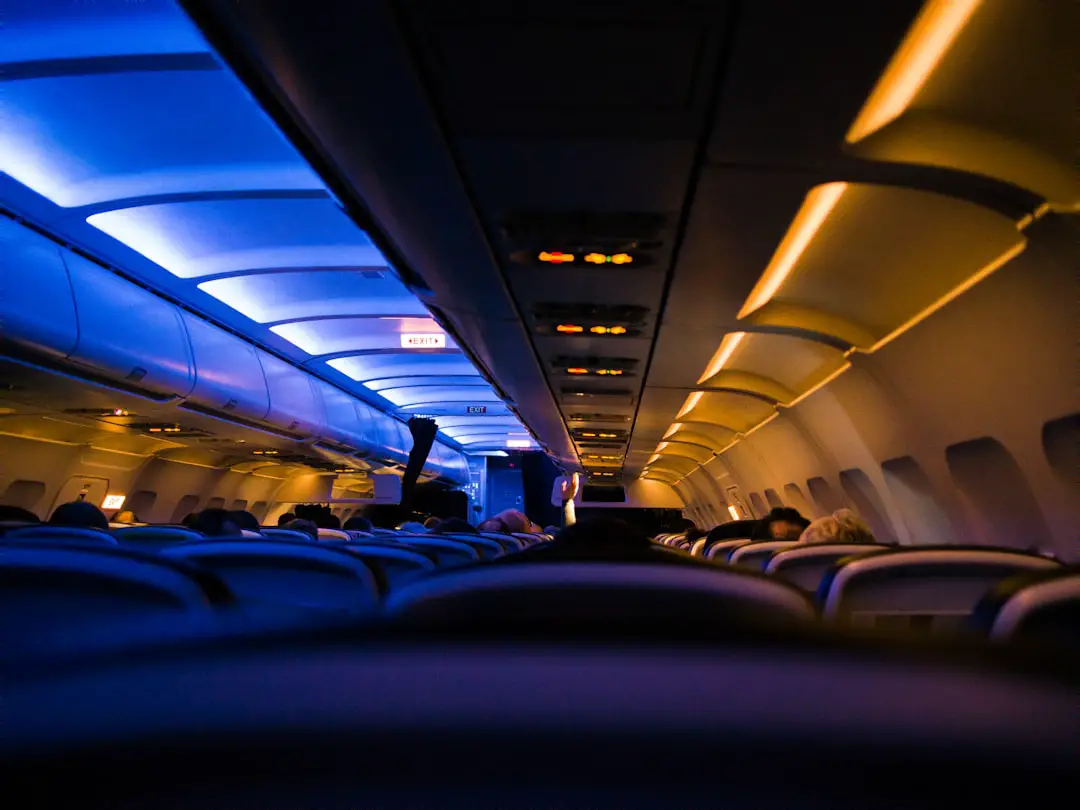Scandinavian Airlines, commonly referred to as SAS, is the flag carrier of Sweden, Norway, and Denmark. Established in 1946, it has grown to become one of the leading airlines in Northern Europe, serving a vast network of destinations across Europe, North America, and Asia. The airline was formed as a joint venture between the three Scandinavian countries, reflecting a commitment to regional cooperation and connectivity.
Over the decades, SAS has evolved significantly, adapting to changes in the aviation industry while maintaining a focus on quality service and operational efficiency. SAS operates from its main hubs in Copenhagen, Stockholm, and Oslo, providing travelers with seamless connections across its extensive route network. The airline is known for its modern fleet, which includes a mix of narrow-body and wide-body aircraft designed for both short-haul and long-haul flights.
With a strong emphasis on sustainability, SAS has also been at the forefront of initiatives aimed at reducing carbon emissions and promoting environmentally friendly practices within the aviation sector. This commitment to sustainability is increasingly important to travelers who are more conscious of their environmental impact when flying.
Key Takeaways
- Scandinavian Airlines (SAS) is a major airline in Scandinavia, offering domestic and international flights to over 100 destinations.
- SAS prioritizes safety and security measures, including regular safety checks, advanced security protocols, and highly trained staff.
- The airline maintains a modern and well-maintained fleet, with a focus on sustainability and environmental responsibility.
- SAS pilots undergo rigorous training and have extensive experience, ensuring the highest level of competence and skill in the cockpit.
- With a strong safety record and a commitment to customer satisfaction, Scandinavian Airlines is a reliable and safe choice for travel.
Safety and Security Measures
Safety and security are paramount in the aviation industry, and Scandinavian Airlines places a high priority on these aspects. The airline adheres to stringent safety protocols that comply with international aviation standards set by organizations such as the International Civil Aviation Organization (ICAO) and the European Union Aviation Safety Agency (EASA). These regulations encompass various facets of airline operations, including aircraft maintenance, crew training, and passenger safety measures.
SAS employs a comprehensive safety management system that involves regular audits and assessments to identify potential risks and implement corrective actions.
Additionally, the airline conducts thorough background checks on all employees, particularly those in security-sensitive positions, to maintain a secure environment for passengers and crew alike.
The use of advanced technology in security screening processes further enhances safety measures at airports, ensuring that all passengers are screened effectively before boarding.
Fleet and Maintenance

The fleet of Scandinavian Airlines is a critical component of its operational strategy. SAS operates a diverse range of aircraft, including models from Boeing and Airbus, which are known for their reliability and efficiency. The airline’s commitment to maintaining a modern fleet is evident in its ongoing investment in new aircraft that feature advanced technology aimed at improving fuel efficiency and reducing emissions.
For instance, the introduction of the Airbus A320neo family has allowed SAS to enhance its short-haul operations while minimizing environmental impact. Maintenance of the fleet is conducted in accordance with rigorous standards that ensure each aircraft is airworthy before every flight. SAS employs a dedicated team of skilled technicians who perform regular inspections and maintenance checks on all aircraft.
These checks include routine servicing as well as more extensive overhauls that occur at specified intervals. The airline also collaborates with certified maintenance organizations to ensure compliance with all regulatory requirements. This meticulous attention to maintenance not only enhances safety but also contributes to operational reliability, minimizing delays and cancellations.
Pilot Training and Experience
| Category | Metrics |
|---|---|
| Flight Hours | 1000 hours |
| Simulator Training | 50 hours |
| Instrument Rating | Yes |
| Multi-Engine Rating | Yes |
The training and experience of pilots are crucial elements in ensuring flight safety. Scandinavian Airlines invests significantly in the training programs for its pilots, which are designed to meet both regulatory requirements and the airline’s high standards for operational excellence. New pilots undergo rigorous training that includes simulator sessions, classroom instruction, and hands-on experience under the supervision of experienced instructors.
This comprehensive training regimen prepares pilots to handle a variety of scenarios they may encounter during flights. In addition to initial training, SAS emphasizes ongoing professional development for its pilots. Regular recurrent training sessions are conducted to keep pilots updated on the latest aviation regulations, safety protocols, and technological advancements in aircraft systems.
This continuous education ensures that pilots remain proficient in their skills and are well-prepared to respond effectively to any emergencies that may arise during flight operations. The airline’s commitment to pilot training not only enhances safety but also instills confidence in passengers regarding their flight experience.
Safety Record and Accidents
Scandinavian Airlines has maintained a commendable safety record throughout its history, which is a testament to its commitment to operational excellence.
The airline’s proactive approach to safety management has played a significant role in minimizing risks associated with air travel.
One notable incident in SAS’s history occurred in 2007 when an Airbus A321 experienced an emergency landing due to engine failure shortly after takeoff from Copenhagen. The crew’s quick response and adherence to emergency protocols ensured the safe landing of all passengers and crew members onboard. Investigations following such incidents often lead to improvements in safety procedures and training programs, further enhancing the overall safety culture within the airline.
Customer Reviews and Satisfaction

Customer satisfaction is an essential aspect of any airline’s reputation, and Scandinavian Airlines has garnered mixed reviews from travelers over the years. Many passengers appreciate SAS for its punctuality, comfortable seating arrangements, and quality in-flight services. The airline’s frequent flyer program, EuroBonus, is also well-received by loyal customers who value the rewards and benefits associated with their travel.
However, like many airlines, SAS has faced criticism regarding customer service during peak travel times or operational disruptions. Some travelers have reported challenges with baggage handling or communication during delays. The airline has made efforts to address these concerns by enhancing customer service training for staff and implementing more efficient systems for managing passenger inquiries during disruptions.
Overall, while experiences may vary among travelers, SAS continues to strive for high levels of customer satisfaction through ongoing improvements.
COVID-19 Safety Measures
The COVID-19 pandemic brought unprecedented challenges to the aviation industry, prompting Scandinavian Airlines to implement a range of health and safety measures aimed at protecting passengers and crew members. From enhanced cleaning protocols to social distancing guidelines at airports, SAS took proactive steps to ensure a safe travel environment during this global health crisis. The airline introduced rigorous sanitization procedures for aircraft before and after flights, utilizing hospital-grade disinfectants to minimize the risk of virus transmission.
In addition to cleaning measures, SAS adopted policies such as mandatory face coverings for passengers and crew members onboard flights. The airline also implemented contactless check-in processes and encouraged digital boarding passes to reduce physical interactions at airports. These measures were designed not only to comply with health regulations but also to instill confidence in travelers who were hesitant about flying during the pandemic.
Emergency Procedures and Preparedness
Scandinavian Airlines places great emphasis on emergency preparedness as part of its overall safety strategy. The airline has established comprehensive emergency procedures that are regularly reviewed and practiced by both flight crews and ground staff. These procedures cover a wide range of potential scenarios, including medical emergencies, technical malfunctions, and evacuation protocols.
Regular drills are conducted to ensure that all personnel are familiar with their roles during an emergency situation. Flight attendants undergo extensive training in first aid and emergency response techniques, equipping them with the skills needed to assist passengers effectively if an incident occurs onboard. Additionally, SAS collaborates with local authorities and emergency services at airports to coordinate responses during emergencies, ensuring a swift and organized approach to any situation that may arise.
Compliance with Aviation Regulations
Compliance with aviation regulations is fundamental for any airline operating in today’s global environment. Scandinavian Airlines adheres strictly to regulations set forth by international bodies such as ICAO and EASA as well as national aviation authorities in Sweden, Norway, and Denmark. This compliance encompasses various aspects of operations including aircraft maintenance standards, crew training requirements, passenger safety protocols, and environmental regulations.
SAS undergoes regular audits by regulatory authorities to ensure adherence to these standards. These audits assess various operational areas such as maintenance practices, safety management systems, and crew qualifications. By maintaining compliance with aviation regulations, SAS not only ensures the safety of its operations but also reinforces its commitment to providing reliable service to passengers.
Partnerships and Alliances
Scandinavian Airlines has strategically aligned itself with various partnerships and alliances that enhance its operational capabilities and expand its reach within the global aviation market. As a founding member of the Star Alliance network, SAS collaborates with numerous other airlines worldwide to offer passengers seamless travel experiences through code-sharing agreements and coordinated schedules. These partnerships allow SAS customers access to an extensive network of destinations beyond its own routes while enjoying benefits such as shared frequent flyer programs and lounge access at airports around the world.
Additionally, collaborations with other airlines enable SAS to optimize its operations through shared resources and joint marketing initiatives. This interconnectedness not only enhances customer convenience but also strengthens SAS’s position within the competitive landscape of international air travel.
Is Scandinavian Airlines Safe for Travel?
When evaluating whether Scandinavian Airlines is safe for travel, it becomes evident that the airline prioritizes safety through rigorous protocols across various operational aspects. From comprehensive pilot training programs to stringent maintenance practices for its fleet, SAS demonstrates a commitment to ensuring passenger safety at every level of operation. The airline’s proactive approach towards emergency preparedness further underscores its dedication to maintaining high safety standards.
While customer reviews may vary based on individual experiences, SAS’s overall safety record speaks volumes about its operational integrity. The implementation of COVID-19 safety measures reflects an adaptability that is crucial in today’s ever-changing travel landscape. Ultimately, travelers can feel confident choosing Scandinavian Airlines for their journeys, knowing that safety remains at the forefront of its mission.
If you are considering flying with Scandinavian Airlines and are concerned about safety, you may want to check out this article on the best travel scooter for your upcoming trip. It’s always important to prioritize safety when traveling, whether it’s choosing a reliable airline or selecting the right equipment for your journey.
FAQs
Is Scandinavian Airlines a safe airline to fly with?
Scandinavian Airlines (SAS) has a strong safety record and is considered a safe airline to fly with. The airline adheres to strict safety regulations and standards set by aviation authorities.
What safety measures does Scandinavian Airlines have in place?
Scandinavian Airlines prioritizes safety and has various measures in place to ensure the safety of its passengers and crew. This includes regular maintenance of aircraft, adherence to safety protocols, and ongoing training for its staff.
Has Scandinavian Airlines had any major safety incidents in the past?
Scandinavian Airlines has had a few safety incidents in the past, including a few accidents and incidents. However, the airline has taken steps to address any issues and continues to prioritize safety as a core aspect of its operations.
How does Scandinavian Airlines compare to other airlines in terms of safety?
Scandinavian Airlines is on par with other major airlines in terms of safety. The airline meets international safety standards and is a member of the Star Alliance, which includes other reputable airlines with strong safety records.
Where can I find more information about Scandinavian Airlines’ safety record?
More information about Scandinavian Airlines’ safety record can be found on the airline’s official website, as well as through aviation safety databases and reports from regulatory authorities.
